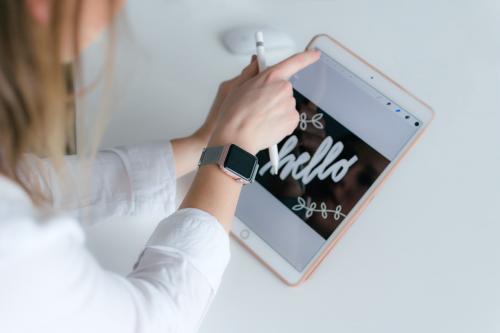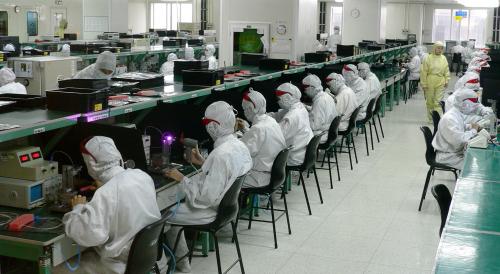A Beginner's Guide to Electronic Assemblies: Tools, Techniques, and Tips!

Talking about the current time, electronic
assemblies are the heart of countless devices we use daily. From
smartphones and laptops to household appliances and industrial machinery, these
assemblies play a crucial role in making our lives easier and more connected.
What Are Electronic
Assemblies?
They refer to the process of combining
various electronic components onto a printed circuit board (PCB) to create
functional electronic devices. These components include resistors, capacitors,
transistors, integrated circuits, and more. The PCB serves as the platform that
holds and connects these components through conductive pathways, allowing
electricity to flow and enabling the device to perform its intended functions.
These assemblies can be found in a wide
range of applications, from simple gadgets like remote controls to complex
systems like medical equipment and aerospace technology. Understanding the
basics of these assemblies is essential for anyone interested in electronics,
whether as a hobby or a profession.
Tools for
Electronic Assembly
Soldering
Iron
A soldering iron is an essential tool for
electronic assembly. It heats up and melts solder, allowing you to connect
electronic components to the PCB. When choosing a soldering iron, look for one
with adjustable temperature settings and a fine tip for precision work.
Multimeter
A multimeter is a versatile tool used to
measure voltage, current, and resistance in electronic circuits. It helps you
diagnose and troubleshoot issues in your assemblies, ensuring everything is
working correctly.
Tweezers
Tweezers are invaluable for handling small
electronic components. They allow you to place and position components
accurately on the PCB without damaging them.
Wire
Strippers
Wire strippers are used to remove the
insulation from wires, exposing the conductive material inside. This is crucial
for making proper electrical connections in your assemblies.
PCB Holder
A PCB holder, also known as a third hand,
holds your PCB in place while you work on it. This keeps your hands free and
provides stability, making soldering and assembly easier.
Techniques
for Electronic Assembly
Soldering
Soldering is the process of joining two or
more electronic components together using solder. Here’s a step-by-step guide
to soldering:
- Heat the Joint: Place the soldering iron tip on the joint where the component
and PCB pad meet.
- Apply Solder: Touch the solder wire to the joint, allowing it to melt and
flow around the connection.
- Remove the Iron: Once the solder has flowed, remove the soldering iron and
allow the joint to cool and solidify.
Proper soldering ensures strong and
reliable connections in your electronic assemblies.
Surface
Mount Technology (SMT)
SMT involves mounting electronic components
directly onto the surface of the PCB. This technique is widely used in modern
electronics due to its efficiency and compactness. To practice SMT, you will
need specific tools like a reflow oven or a hot air rework station.
Through-Hole
Technology
Through-hole technology involves inserting
component leads through holes on the PCB and soldering them on the opposite
side. This technique provides strong mechanical bonds and is suitable for
components that require extra support.
Tips for
Successful Electronic Assembly
Plan Your
Layout
Before starting your assembly, carefully
plan the layout of your components on the PCB. Ensure that components are
placed logically and that there’s enough space for soldering and connections.
Use Flux
Flux is a chemical agent that helps clean
and prepare surfaces for soldering. It improves the flow of solder and ensures
strong, reliable connections. Apply flux to the joint before soldering for best
results.
Keep Your
Tools Clean
Dirty tools can lead to poor connections
and damage to your components. Clean your soldering iron tip regularly and
maintain your tools in good condition to ensure precise and reliable work.
Double-Check
Connections
Before powering up your assembly,
double-check all connections and solder joints. Look for any cold solder
joints, bridges, or loose connections that could cause issues. Using a
multimeter to test continuity can help identify potential problems.
Practice
Good Soldering Techniques
Good soldering techniques are crucial for
successful electronic assemblies. Avoid applying too much solder, as this can
create bridges between connections. Conversely, too little solder can result in
weak joints. Practice makes perfect, so take your time to develop your skills.
Conclusion
Mastering electronic assemblies opens up a world of possibilities in
the field of electronics. Whether you’re a hobbyist looking to create your own
gadgets or a professional aiming to enhance your skills, understanding the
tools, techniques, and tips outlined in this guide will set you on the path to
success.









Comments